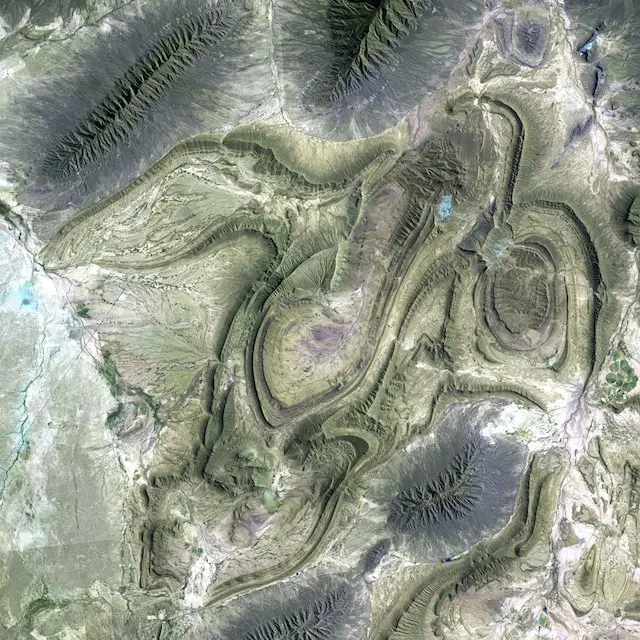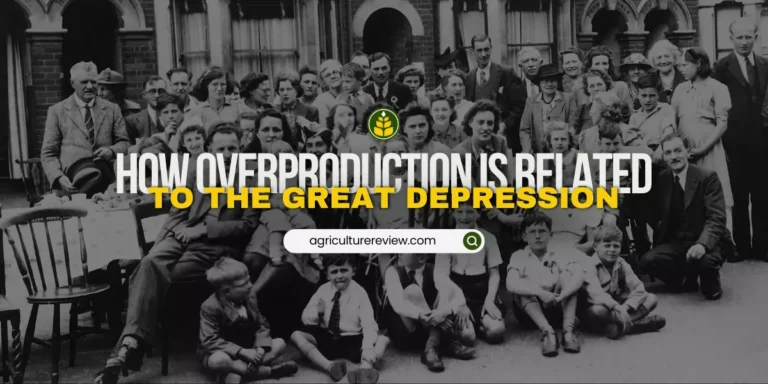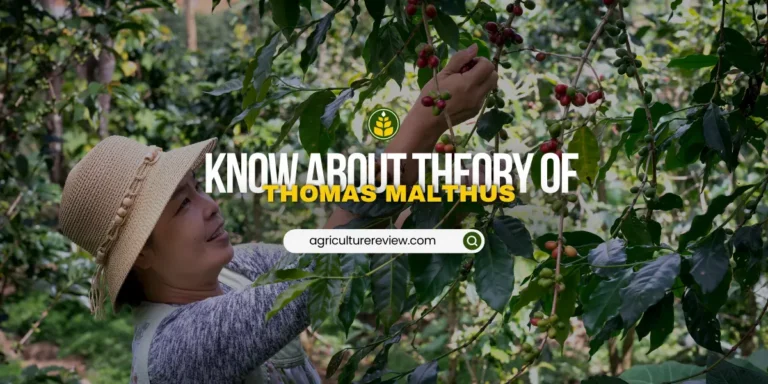From this ultimate guide on soil classification systems get to know early and recent systems of soil classification. Moreover, learn about merits & demerits of every systems to get a better insight and understanding.
Interaction of different soil forming factors and processes helps in formation of soil, hence there are various types of soil in the world. As agriculturists, we need to group them in systematic manner for studying, identifying, and remembering their properties & relationships.
Therefore, soil scientists and researchers across the globe came up with their classification systems. Let’s understand some of the most important soil classification systems in the world.
Table of Contents
Early Systems Of Soil Classification
In early systems, classifications were made on considering only few properties of soil. That’s why they were simple and practical. But due to contradictions and limitations all were discarded after introduction of new systems. Let’s dive deep into these early systems one by one.
- Economic Classification: It was adopted by Revenue department for the purpose of taxation and is one of the earliest classification system. Main criterias for classifying or grouping soil were soil colour, texture & irrigation potential. Later on land use changed and this system was discarded.
- Physical Classification: It is applicable to zonal soil category and is based on soil texture. By using this system Intrazonal & Azonal soils could not be grouped.
- Chemical Classification: In this system, classifcation was based on chemical composition of the soil. Soils were classified as calcareous, acidic, sodic soils, etc. Classification of all type of soil using this system is not possible therefore it was discarded.
- Geological Classification: Grouping of soil was on the basis of preasumed underlying material. Using this system soils were grouped into two broad groups:
a) Residual or Sedantary Soils: They developed from the underlying rocks (in-situ).
b) Transported Soils: They developed from loose & unstratified sediments such as alluvium, colluvium, aeolian materials.
This system was discared because it did not include soil forming factors that dominates influence of parent material on soil structure and properties.
- Physiographic Classification: Grouping of soil was based on characteristics of the landscape. Soils were grouped as terrace soil, levee soil, basin soil, mountain soil, lowland soil, upland soil etc. It was discared because of contradiction in soil structure and properties among similar landscape.
Other popular systems were based on organic matter and soil structure. According to organic matter, soils were grouped into organic and inorganic soil and by structure into aggregated and single grained.
Recent Systems Of Soil Classification
Sponsored Product: Best Book To Learn Soil Science
Marbut’s Classification System
In late 19th & early 20th century, Dokuchaiev (Father of Soil Science), Joffrey, and Marbut grouped soil on the basis of zonality, properties, and morphology of soil. This system emphasized on examining soil charcteristics such as colour, texture, structure, consistency, drainage, etc.
This system of classification was discarded because it was based on assumptions of soil genesis. Due to which many soil series of United States could not be grouped by using the principles of this system.
You will also love reading them,
ALSO READ: Process & Causes Of Soil Erosion
ALSO READ: What Is Soil Survey
Baldwin’s & Associate’s Genetic Approach
Baldwin, Kellogg and Thorp in 1938 revised and elaborated Marbut’s system of classification to form their concept of classification. The important principles of this system were:
- It focused on the zonality concept of Russian school.
- Concept of pedalfers and pedocals was not included.
- They emphasized on soil as a 3-d body and its characteristics.
They introduced soil family between soil group and series. Using this genetic system, soils could be grouped into 3 orders:
Zonal Soils: Soils that developed under similar climatic condition & distributed in a particular climatic belt were considered as zonal soils. Example: laterite soil, chernozem soil, etc.
Intrazonal Soils: Soils that occur within a zone, but shows influence of topography or parent materials are grouped into intrazonal soils. Example: sodic soils, humic clay sils, etc.
Azonal Soils: The soils grouped under azonal soils have poorly developed profiles because of time as a limiting factor. Young soils without horizon differentiation came under this order. Example: alluvial soils, etc.
These 3 orders were then divided into 9 sub-orders on the basis of specific climatic & vegetative regions. Then each of these 9 orders were further divided into great soil groups and then at last into numerous soil series & types.
Demerits Of Genetic Systems
- Definition & concepts of relationship between order and soil properties were not clear,
- Two highest categories are not on the basis of soil properties but they are defined in genetic terms.
- Soils grouped under great soil groups are on the basis of environmental factors only but not on the basis of soil properties.
- Classification or arable soil was uncertain because of variation under virgin & cultivated soil conditions.
- For making nomenclature of highest categories more emphasis were given to soil colour & vegetation rather than vegetation.
- Naming of intergrades was difficult because nomenclature eveloved from various languages.
New Comprehensive System Of Soil Classification
It is the most recent & widely accepted classification system in the world. Discussion started in 1951 after taking critical suggestions from various pedologists of diferent countries. Depending on suggestions, several approximations were made.
The 7th Approximation was published in 1964 & 1967. Further “Soil Taxonomy A Basic System of Soil Classification for Making and Interpreting Soil Surveys” was published in 1975.
Merits Of New Comprehensive System
- Unlike previous systems such as genetic system, in new comprehensive system classification is based on soil properties.
- Soil properties that affects soil genesis are taken into consideration. It is also the backbone of this new system.
- Most of words used for nomenclature are of Greek & Latin origin which makes the nomenclature logical.
- There is introduction of new category called “sub-group” for the expression and recognition of soils that are in a continous sequence with gradual change in many properties.
- Unlike old systems, it is an orderly scheme without prejudices that makes it easy to memorise.





